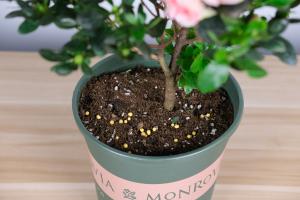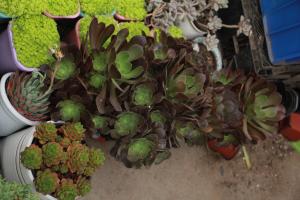1、 Curing method
1. Temperature: relatively speaking, wild rose grows better in warm places, so it can be maintained between 15 and 28 degrees. However, its cold resistance is also good, because it is also widely planted in many provinces in northern China. Therefore, winter depends on the situation, and cold protection is only needed in areas that are too cold
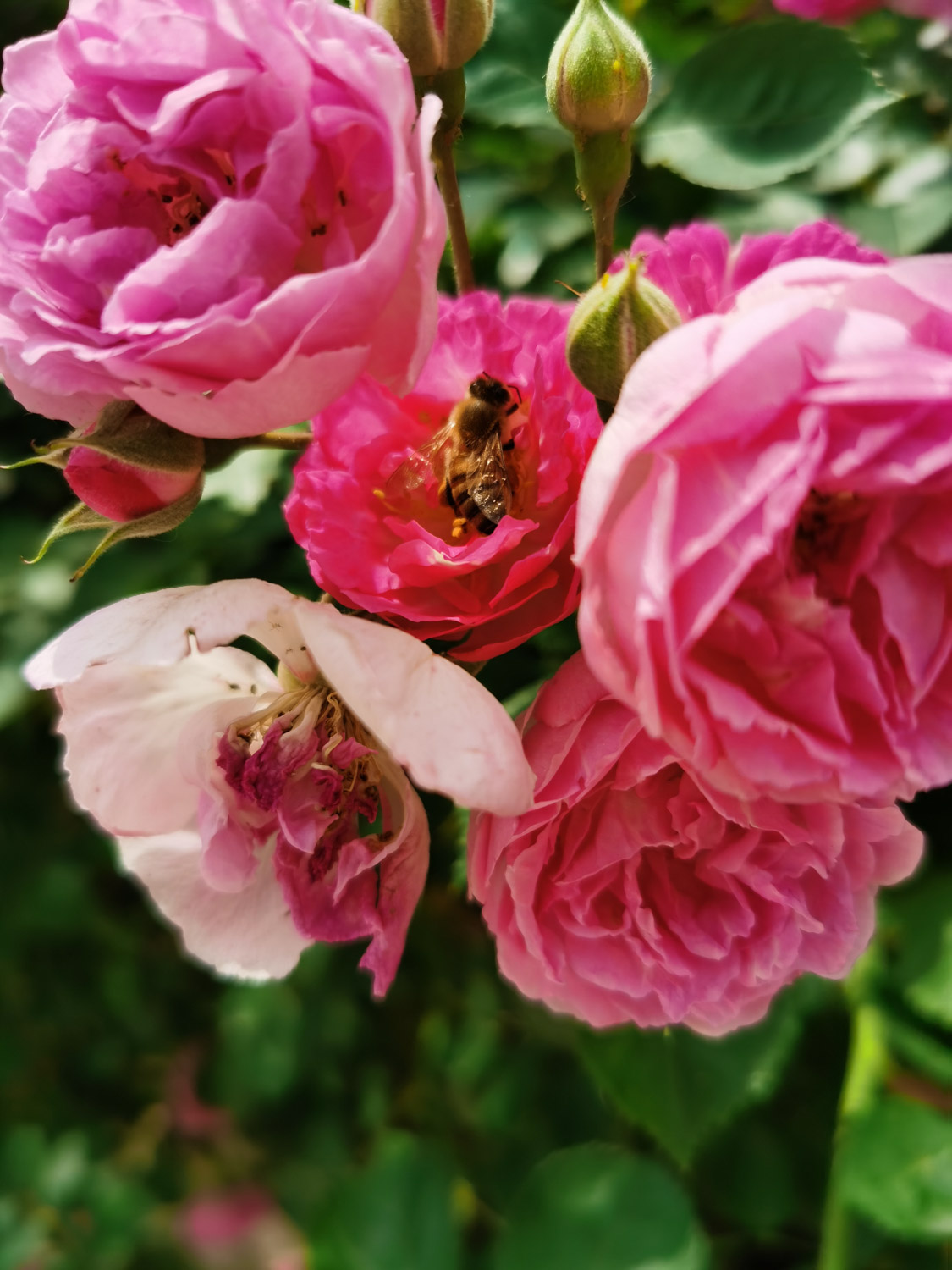
2. Light: Wild Rose likes light. It can bear half shade slightly, but it can't be in very dark places, especially in dark places for a long time. When it comes to flowering, it needs to provide sufficient light for it to bloom better
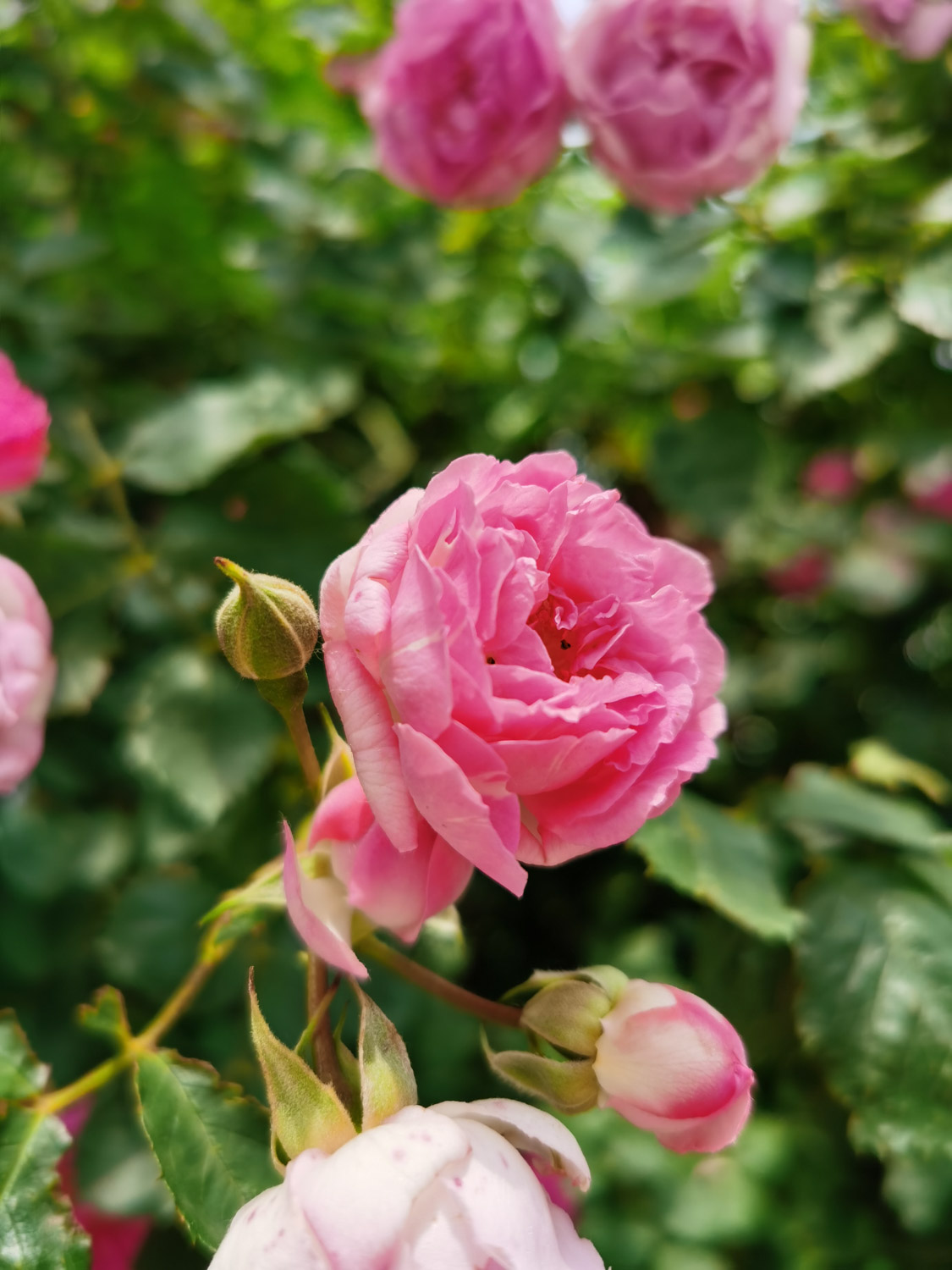
3. Watering: Wild Rose likes humidity and is slightly resistant to drought, but it is afraid of waterlogging. According to its characteristics, it needs to supplement water in an appropriate amount, not too much, and the soil can be moist. When there is ponding, or when there is a lot of rain, they must be drained in time
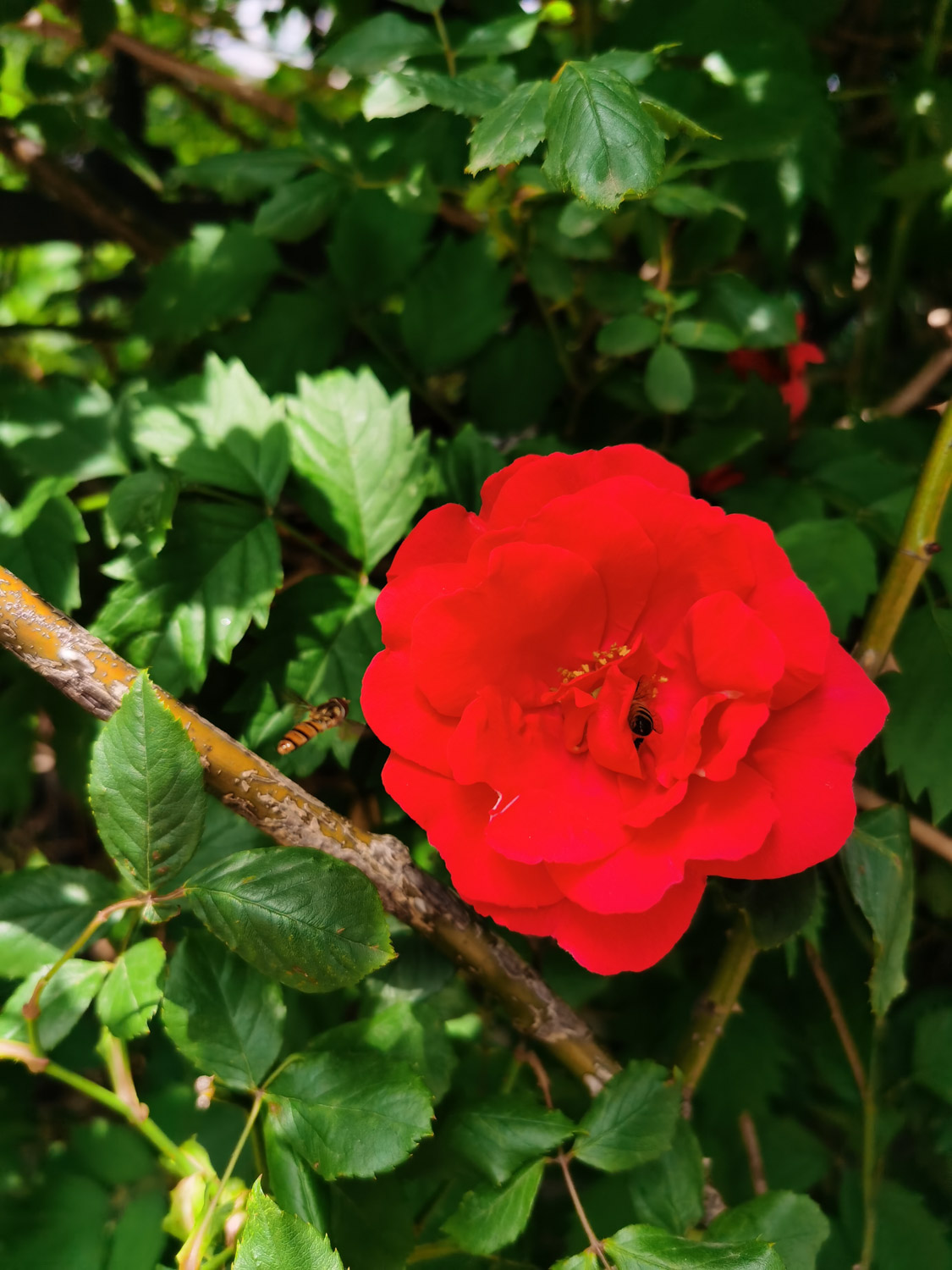
4. Fertilization: base fertilizer is very important. In addition, the topdressing after can not be too much, but can only be used two or three times during flowering
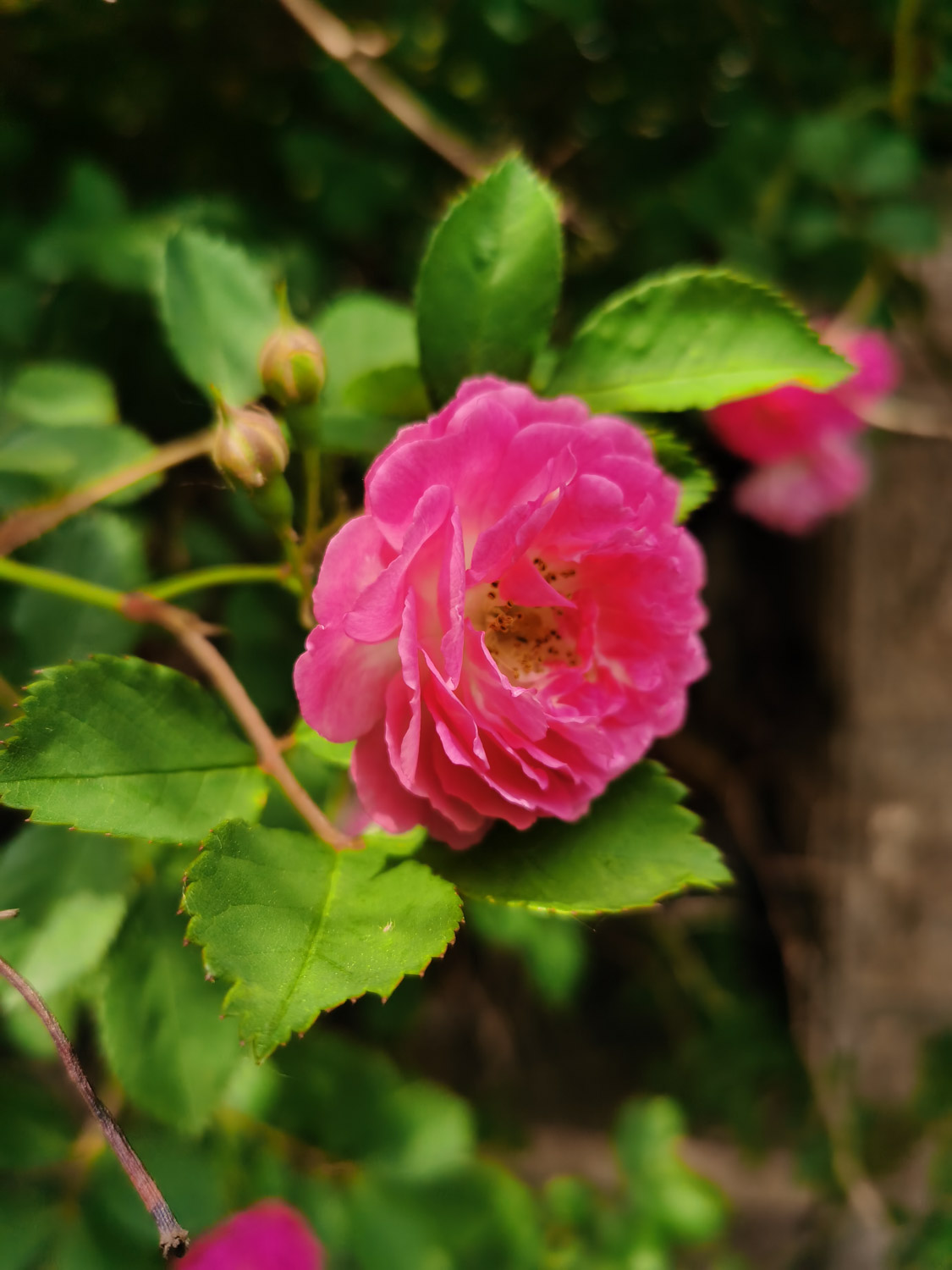
2、 Breeding skills
1. Propagation: cutting is often used for propagation. In order to ensure the survival rate, the selection of cuttings is very important. After cutting off the strong branches, it is best to cut off some leaves, and then dry them in a ventilated place for a while before inserting them. After insertion, the temperature is generally 20 to 25 degrees. Too high temperature will lead to wound decay. Pay attention to humidity, too. Don't be too wet
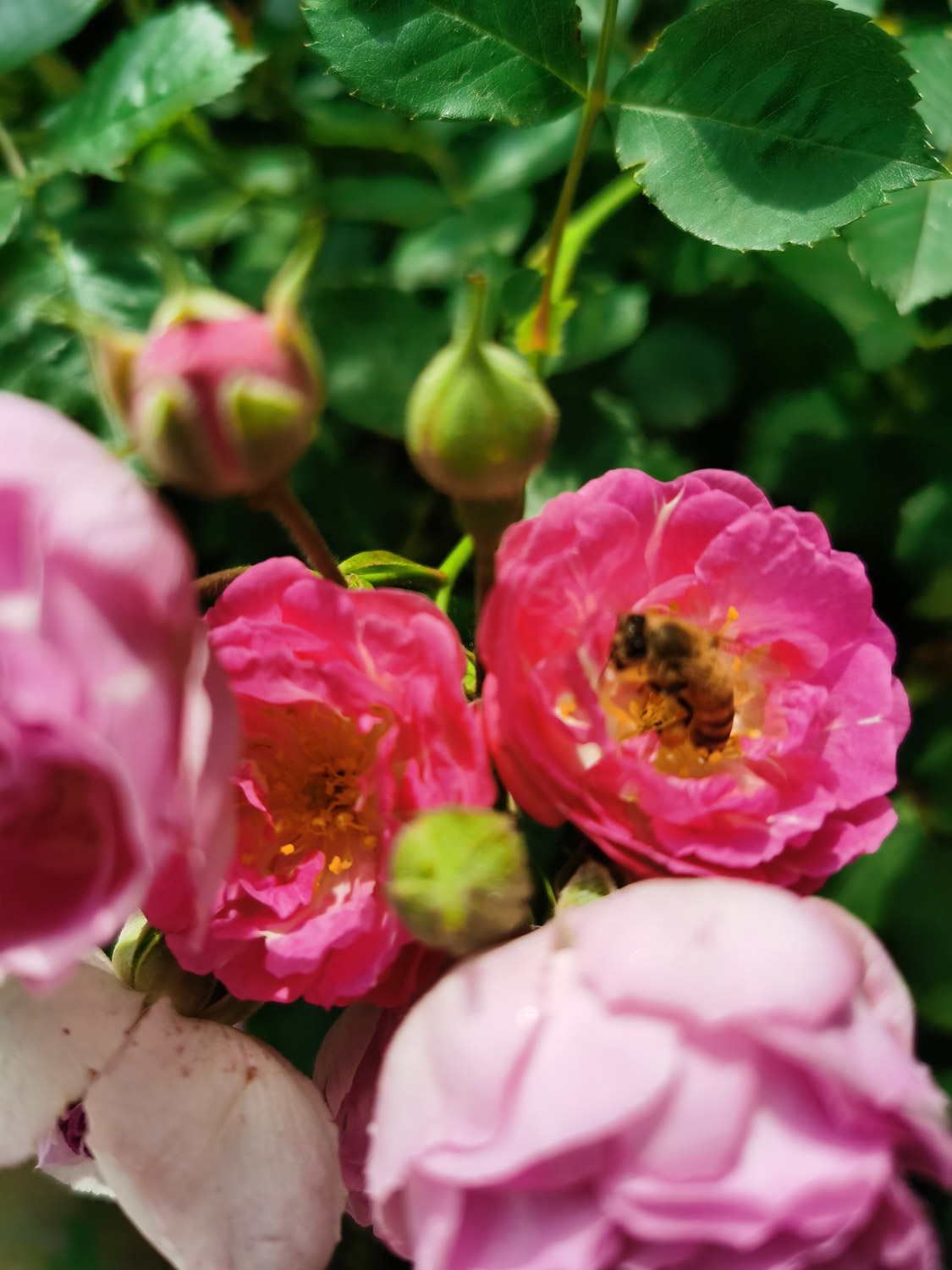
2. Pruning: in spring, in order to promote more flowering, it is necessary to take the steps of picking the heart to make its branches germinate more. In addition, after flowering, the flowering branches need to be trimmed. Then, some dry and yellow branches and leaves must be cut off in time
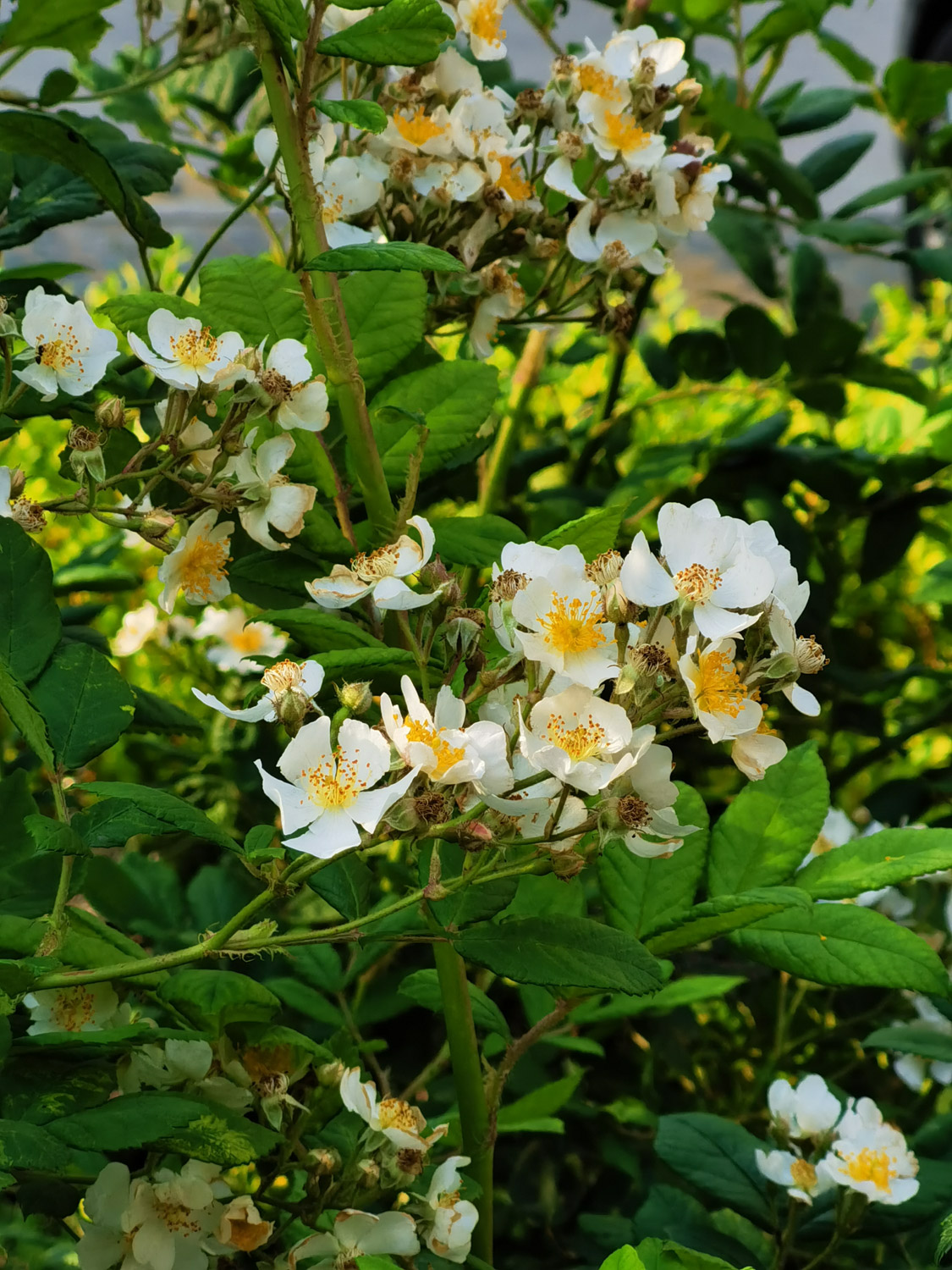
3、 Problem diagnosis and treatment
1. Disease: "black spot" occurs frequently, and the pedicel, leaf and petiole are within the scope of its harm. The disease is particularly severe from July to September. Carbendazim can be used for treatment to clean up the surrounding fallen leaves in time. If you want to fundamentally control, you can choose disease resistant varieties
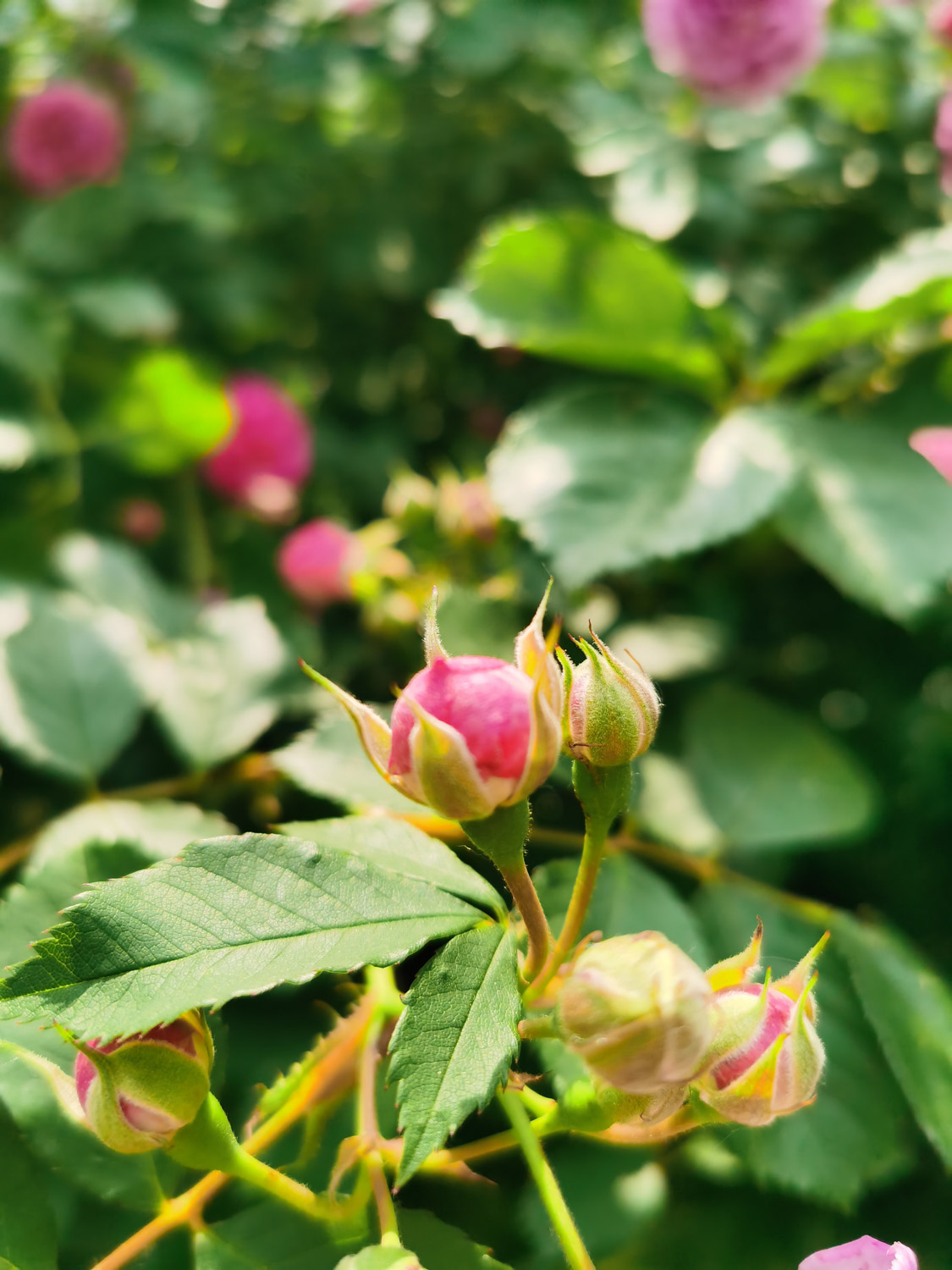
2. Insect pests: mainly "aphids", "thorn moths" and so on. The effect of spraying agent is the best
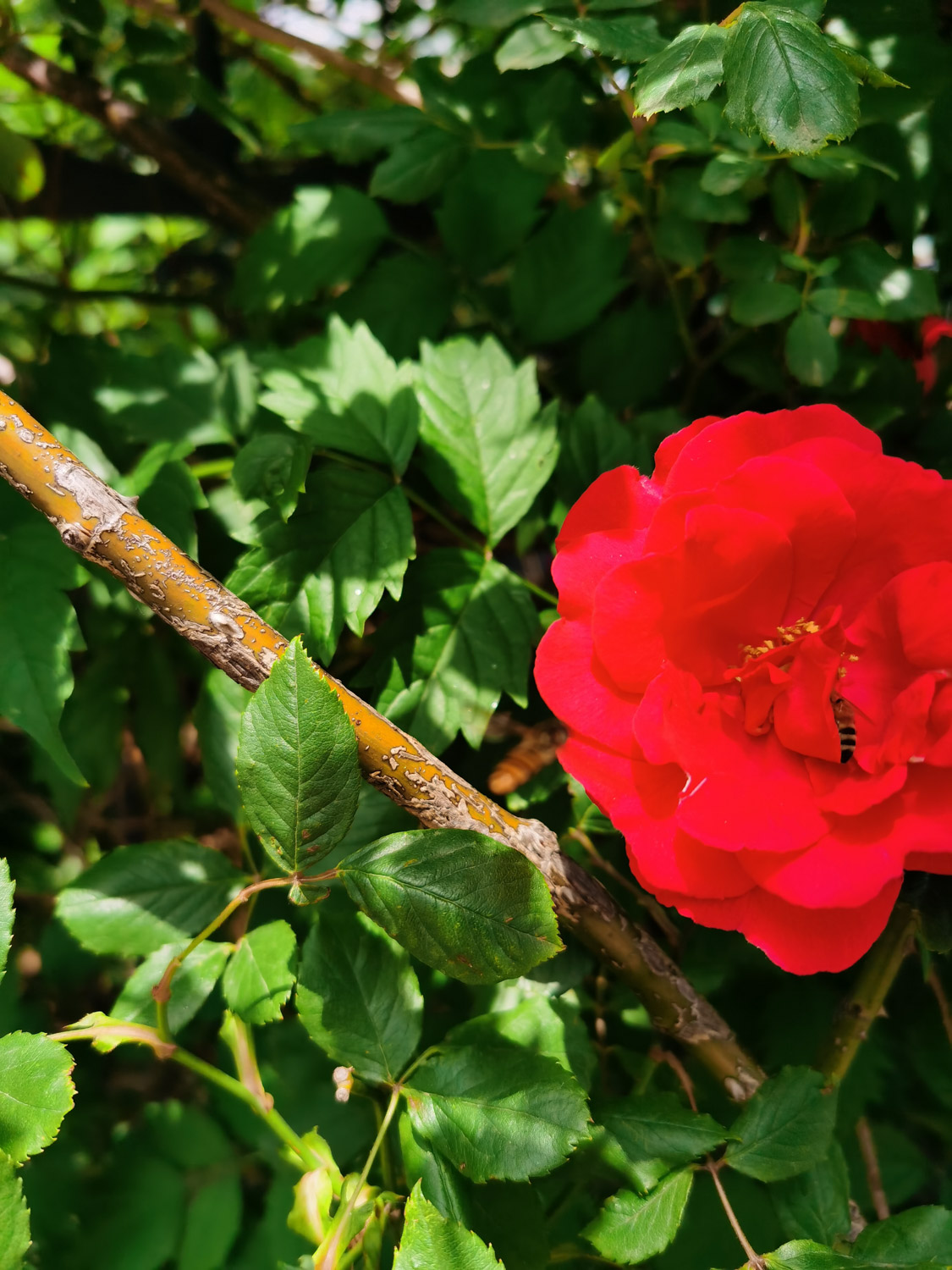
4、 Other issues
1. Toxicity: it has no poison at all. You can rest assured
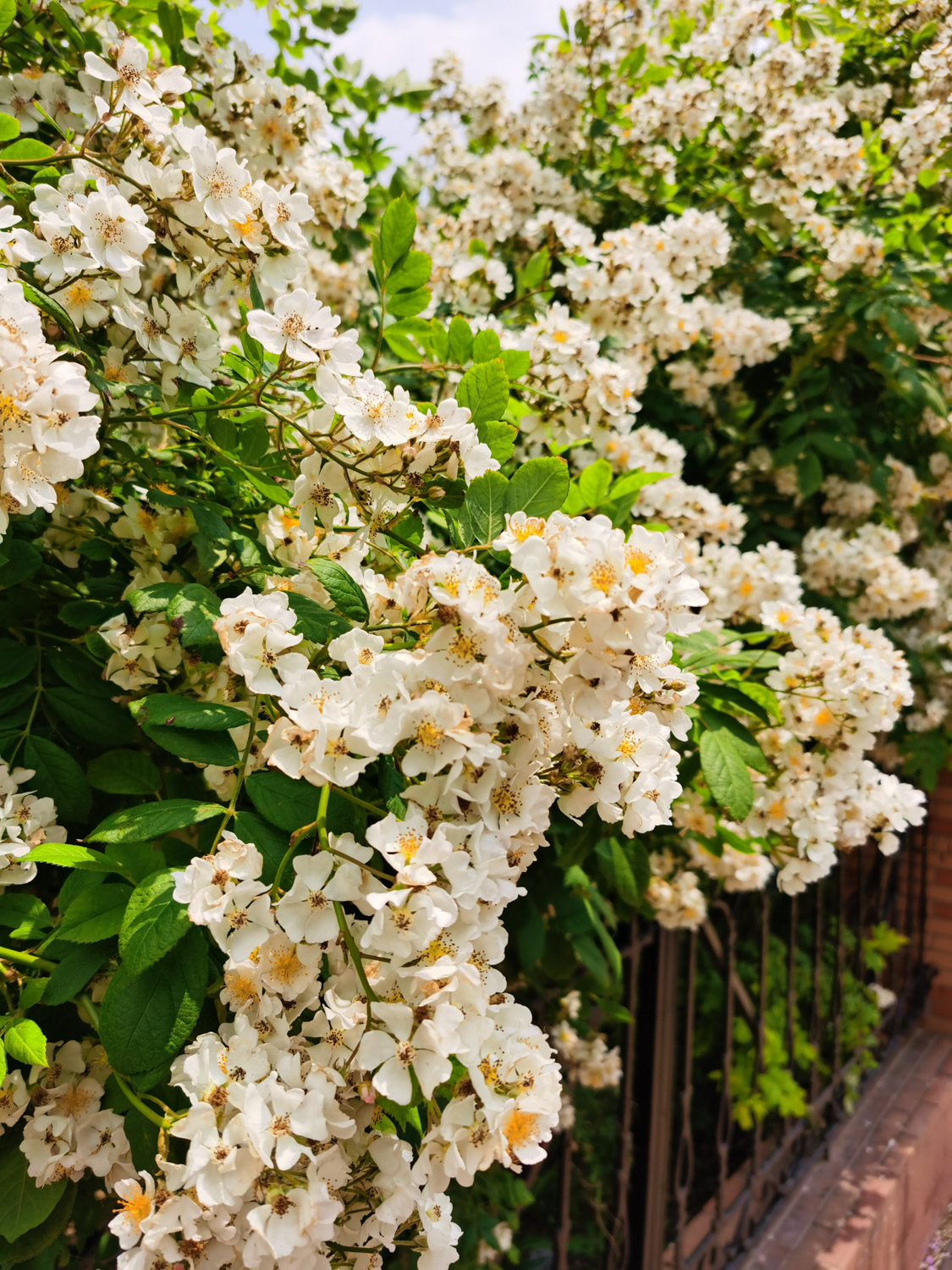
2. Flower language: its flower language is "Romance", which is a better moral< a>
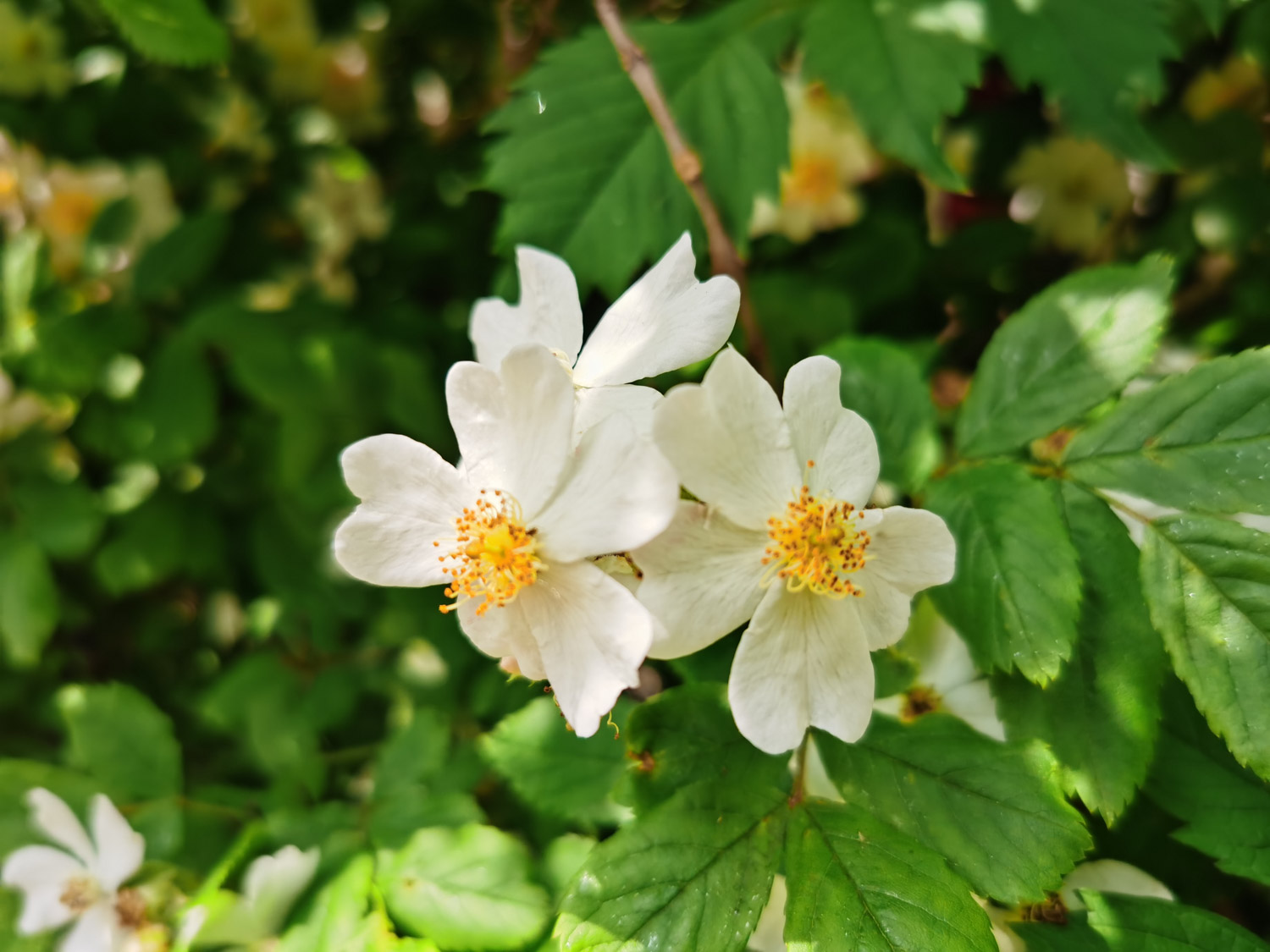

 how many times do yo...
how many times do yo... how many planted tre...
how many planted tre... how many pine trees ...
how many pine trees ... how many pecan trees...
how many pecan trees... how many plants comp...
how many plants comp... how many plants can ...
how many plants can ... how many plants and ...
how many plants and ... how many pepper plan...
how many pepper plan...
